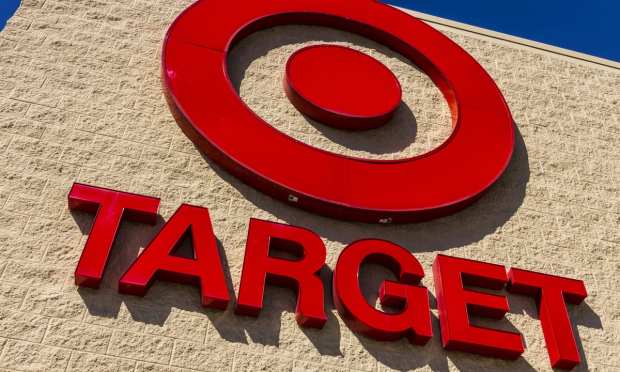Big Week Ahead For Retail; Target Earnings Expected To Show Momentum Of Digital Shift

With a successful Singles Day in the books for Alibaba, last week was a referendum on the spending power and preference for Chinese consumer. This week is a referendum on the U.S. consumer’s spending power as Kohl’s, Walmart, Macy’s, Target and other brick-and-mortar-based retailers report their earnings.
“The consumer here in the U.S. is relatively stable and, honestly, somewhat relatively better than we might have feared back in the height of the pandemic in the second quarter of 2020,” Marianne Lake, chief executive officer for consumer lending at J.P. Morgan Chase & Co., said Nov. 9 at a virtual investor conference. “The consumer’s willingness to carry on spending is a pretty positive sign for sort of a broader economic recovery.”
Macy’s will be the wild card of the week for several reasons. First, the entire concept of the department store weighs on its shoulders as the industry looks to see if it can sustain foot traffic. Second, it is trying to participate in the digital-first economy, and analysts will be looking for a big jump. If the week has a sure shot however, it’s Target.
The Minneapolis-based retail giant reports Wednesday morning (Nov. 18). Unfortunately the spread of the coronavirus will most likely be the dominant topic as it will need to address supply chain issues, binge buying of essentials by consumers and its ability to keep consumers and employees safe during Black Friday and the rest of the holiday season. That’s unfortunate for health reasons. It’s also unfortunate because Target has been masterful at its orchestration of the digital-first economy, owning its own shipping capabilities through Shipt and using stores as fulfillment centers to guarantee inventory availability and control that inventory at the same time.
The Q3 earnings will also force the hand of Target (and its competitors) to address the back-to-school season, which some sources have said was down compared to last year. That will probably not hurt the company’s earnings, but it will give the industry a sense of what consumers are willing to spend on.
Q2 earnings could provide some clues to Q3. At the end of Q2 CEO Brian Cornell told analysts that Target returned to growth in store sales and saw growth in categories like apparel. In terms of channel mix, it saw growth across the board with store-originated comparable sales growing 10.9 percent compared to 2019 and digital comp sales up nearly 200 percent.
“Our research tells us that guests still want to celebrate seasons and holidays, even as they acknowledge that things will be different in this new environment,” Cornell said on the August Q2 earnings call. “To help our guests adapt to these changes, we’re building flexibility into our merchandising and operations to allow our guests to celebrate the season in new ways. Knowing that many parents about the country are still facing uncertainty about whether their children will be attending school in person or virtually, we’ll be featuring our back-to-school assortment for an extended period this year, allowing parents to delay shopping until they have more certainty on their school district plans.”
Expect that Target will come close to matching its digital sales ratio increases compared to 2019 and that comp store sales will be up slightly. It’s also expected that Cornell will address the cancellation of Target’s subscription service, a foray into bulk discount purchasing launched seven years ago. Through the service, Target customers were able to automatically reorder items in bulk while earning a 5 percent discount, with the items shipped their homes.
But Target recently discontinued the service, with a brief Q&A page notifying customers that they will receive items purchased before the November shutdown. The announcement steered the customers to alternatives such as drive-up, order pickup or same-day delivery.
